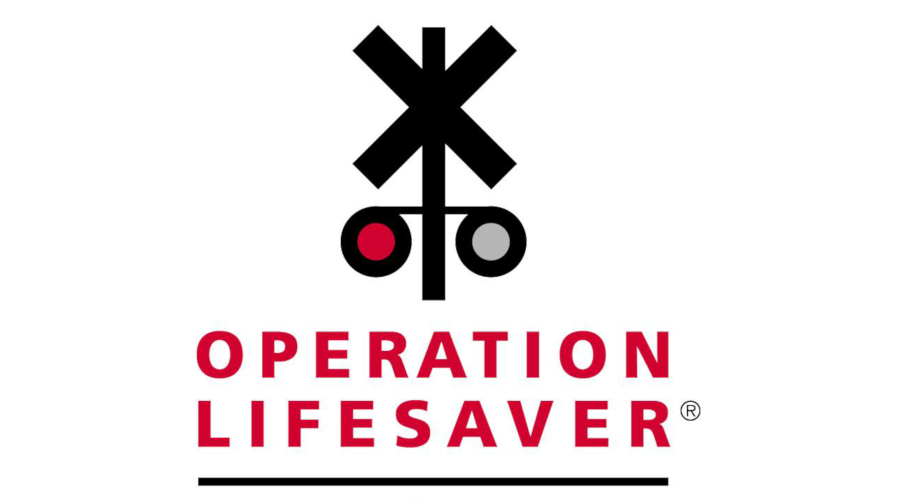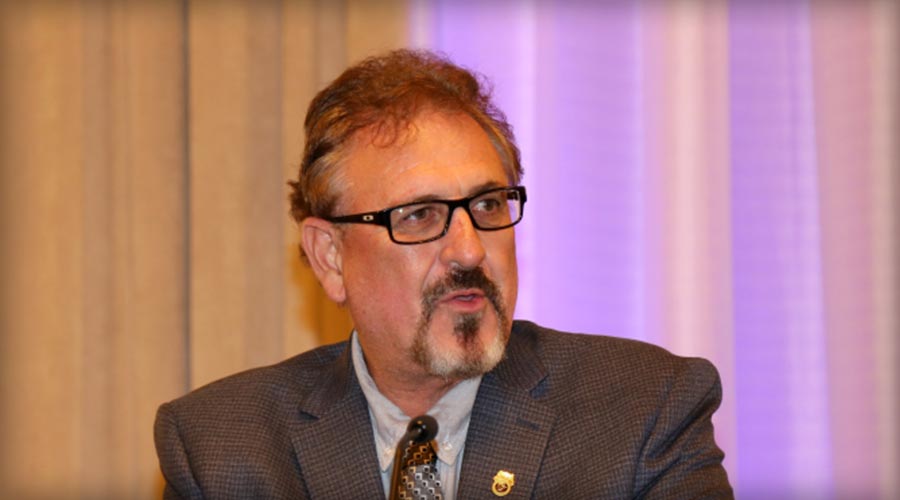Newsletter Sign Up
Stay updated on news, articles and information for the rail industry
Stay updated on news, articles and information for the rail industry
RAIL EMPLOYMENT & NOTICES
Rail News Home
Rail Industry Trends
Rail News: Rail Industry Trends
Last week, the National Transportation Safety Board (NTSB) released its updated list of "most wanted" safety improvements, which for the first time includes human fatigue in railroad operations.
The board recommends that railroads adjust crew members' work schedules to reduce fatigue. The rail industry needs to establish scientifically based hours-of-service regulations that set service limits, provide predictable work and rest schedules, and consider human sleep and rest requirements, the NTSB said. The Federal Railroad Administration (FRA) currently doesn't have the statutory authority to establish those regulations, but Congress is acting to provide that authority.
"Human fatigue has played a role in many rail accidents in the past few years, some of them fatal," said NTSB Chairman Mark Rosenker in a prepared statement. "The manner in which crew members are scheduled should be reformed to reduce the likelihood in which loaded trains ... are being controlled by fatigued operators."
The AFL-CIO's Transportation Trades Department lauded the NTSB for adding rail worker fatigue to its most wanted list.
"Unwieldy hours-of-service rules, reckless scheduling policies and the abusive practice known as 'limbo time' all contribute to a tired rail workforce with dangerous consequences," said Transportation Trades Department President Edward Wytkind. "The Bush Administration should heed the warnings of its own appointees to the NTSB and work with Congress in pending rail safety legislation to eradicate longstanding worker fatigue problems in our transportation system."
The NTSB also again included positive train control (PTC) on the list. The board advocates the implementation of PTC and incorporation of collision avoidance systems to prevent train collisions.
The NTSB established the most wanted list of safety improvements in 1990 to focus attention on changes federal agencies need to make to reduce accidents. This year's list includes 44 recommendations.
11/12/2007
Rail News: Rail Industry Trends
NTSB's 'most wanted' safety improvement list flags rail worker fatigue for first time
advertisement
Last week, the National Transportation Safety Board (NTSB) released its updated list of "most wanted" safety improvements, which for the first time includes human fatigue in railroad operations.
The board recommends that railroads adjust crew members' work schedules to reduce fatigue. The rail industry needs to establish scientifically based hours-of-service regulations that set service limits, provide predictable work and rest schedules, and consider human sleep and rest requirements, the NTSB said. The Federal Railroad Administration (FRA) currently doesn't have the statutory authority to establish those regulations, but Congress is acting to provide that authority.
"Human fatigue has played a role in many rail accidents in the past few years, some of them fatal," said NTSB Chairman Mark Rosenker in a prepared statement. "The manner in which crew members are scheduled should be reformed to reduce the likelihood in which loaded trains ... are being controlled by fatigued operators."
The AFL-CIO's Transportation Trades Department lauded the NTSB for adding rail worker fatigue to its most wanted list.
"Unwieldy hours-of-service rules, reckless scheduling policies and the abusive practice known as 'limbo time' all contribute to a tired rail workforce with dangerous consequences," said Transportation Trades Department President Edward Wytkind. "The Bush Administration should heed the warnings of its own appointees to the NTSB and work with Congress in pending rail safety legislation to eradicate longstanding worker fatigue problems in our transportation system."
The NTSB also again included positive train control (PTC) on the list. The board advocates the implementation of PTC and incorporation of collision avoidance systems to prevent train collisions.
The NTSB established the most wanted list of safety improvements in 1990 to focus attention on changes federal agencies need to make to reduce accidents. This year's list includes 44 recommendations.


 2025 MOW Spending Report: Passenger-rail programs
2025 MOW Spending Report: Passenger-rail programs
 Gardner steps down as Amtrak CEO
Gardner steps down as Amtrak CEO
 Guest comment: Oliver Wyman’s David Hunt
Guest comment: Oliver Wyman’s David Hunt
 Women of Influence in Rail eBook
Women of Influence in Rail eBook
 railPrime
railPrime







